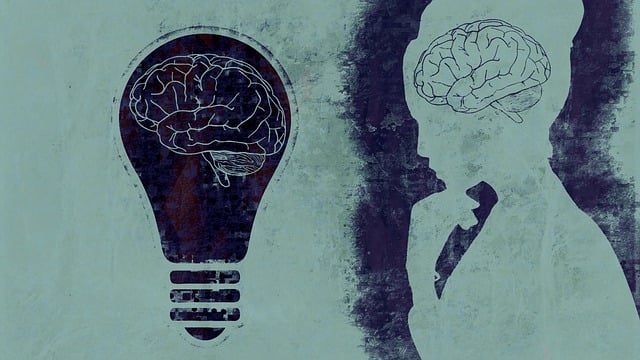Many residents in Northglenn face panic disorder and anxiety attacks, impacting daily life with fear and physical symptoms. Therapy offers crucial tools like compassion cultivation, conflict resolution, and confidence-boosting exercises to combat negative thought patterns. Positive thinking techniques, including cognitive reframing and mindfulness, empower individuals to manage anxiety, improve mental well-being, and reduce symptoms, while community outreach raises awareness and reduces stigma. Northglenn Panic Disorder and Anxiety Attacks Therapy emphasizes structured, individualized approaches, beginning with assessment, to integrate exercises for significant symptom reduction and improved quality of life.
In Northglenn, panic disorder and anxiety attacks are prevalent mental health challenges. However, positive thinking exercises offer a powerful tool in therapy for managing these conditions. This article explores the significance of positive thinking in addressing Northglenn Panic Disorder and Anxiety Attacks, providing insights into its role within therapeutic frameworks. We delve into practical strategies for implementing effective positive thinking exercises, offering hope and actionable steps for those seeking relief.
- Understanding Northglenn Panic Disorder and Anxiety Attacks
- The Role of Positive Thinking in Therapy
- Implementing Effective Positive Thinking Exercises
Understanding Northglenn Panic Disorder and Anxiety Attacks

Many residents of Northglenn experience panic disorder and anxiety attacks, which can significantly impact daily life. This mental health challenge often manifests as sudden, intense feelings of fear or discomfort, leading to physical symptoms like rapid heartbeat, sweating, and difficulty breathing. Therapy plays a pivotal role in managing these episodes, offering individuals effective coping strategies tailored to their unique experiences.
Compassion cultivation practices, conflict resolution techniques, and confidence boosting exercises are among the tools proven beneficial in Northglenn Panic Disorder and Anxiety Attacks therapy. Through these methods, individuals learn to recognize and challenge negative thought patterns, fostering a sense of calm and resilience during triggering situations. With dedicated support and the right techniques, it’s possible for residents of Northglenn to lead fulfilling lives free from the constant burden of anxiety.
The Role of Positive Thinking in Therapy

Positive thinking has emerged as a powerful tool within therapeutic practices, particularly in Northglenn Panic Disorder and Anxiety Attacks Therapy. This approach focuses on shifting individuals’ mental perspectives to promote emotional well-being and reduce symptoms associated with anxiety disorders. By fostering a positive mindset, therapists can empower their clients to challenge negative thought patterns that contribute to fear, worry, and panic attacks.
Incorporating techniques like cognitive reframing, affirmations, and gratitude practices, this therapeutic strategy aims to enhance coping skills development. Research suggests that cultivating optimism and resilience can lead to improved mental health outcomes and even burnout prevention strategies for healthcare providers. Moreover, it complements traditional therapy methods, making it a valuable component in comprehensive treatment plans, especially when combined with community outreach program implementations aimed at raising awareness about anxiety disorders and promoting effective coping mechanisms.
Implementing Effective Positive Thinking Exercises

Implementing effective positive thinking exercises involves a structured approach tailored to individual needs, especially for those seeking Northglenn Panic Disorder and Anxiety Attacks Therapy. These strategies are not one-size-fits-all; they require an understanding of the client’s unique challenges and goals. Therapists play a crucial role in guiding individuals through various techniques, from mindfulness practices to cognitive reframing, helping them develop coping mechanisms that promote mental well-being.
The process begins with assessment, where therapists evaluate the client’s current state and identify specific areas requiring intervention. Once established, positive thinking exercises are seamlessly integrated into therapy sessions, often combining communication strategies tailored for individuals grappling with anxiety disorders. Regular practice is key to reaping benefits; therapists encourage clients to engage in these activities between sessions, fostering a sense of agency over their mental health. Through consistent effort and the right tools, participants in Northglenn Panic Disorder and Anxiety Attacks Therapy can significantly reduce symptoms and enhance their overall quality of life, while also contributing to Mental Illness Stigma Reduction Efforts through increased public awareness campaigns development.
In conclusion, implementing positive thinking exercises as part of therapy for Northglenn Panic Disorder and Anxiety Attacks can significantly enhance well-being. By focusing on optimistic thoughts and reframing negative ones, individuals can gain control over their mental health. These strategies, detailed in this article, offer practical tools to navigate the challenges of anxiety disorders, ultimately fostering a more positive and resilient mindset.














